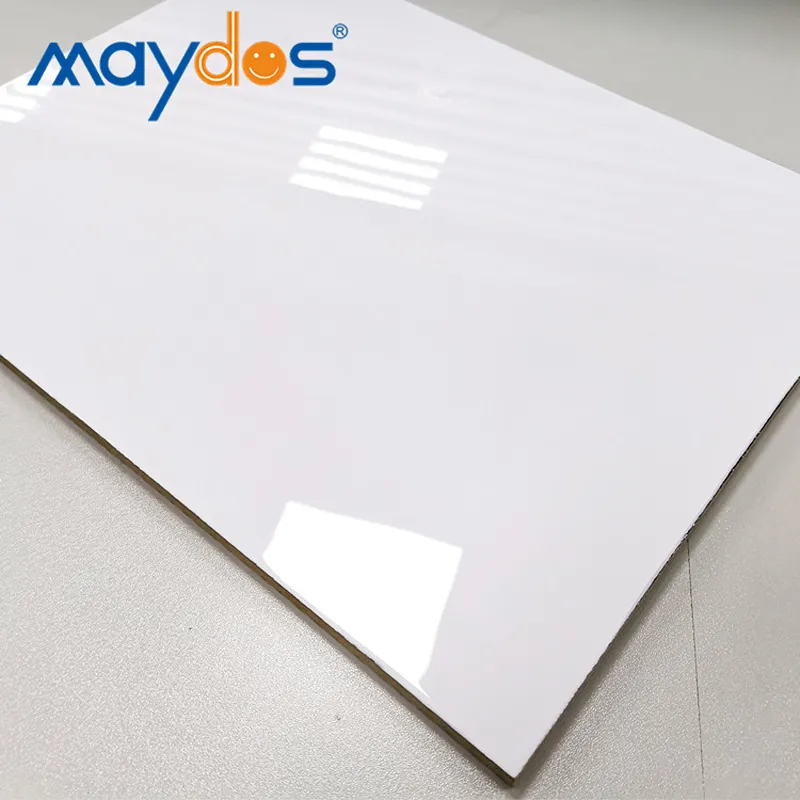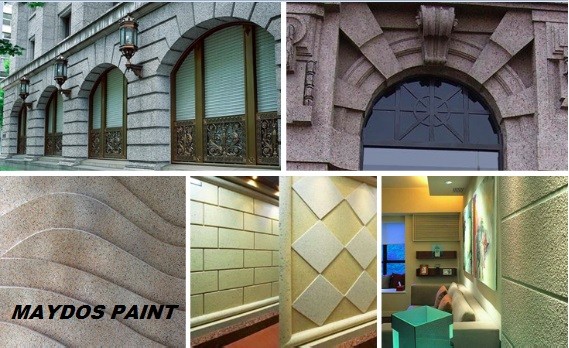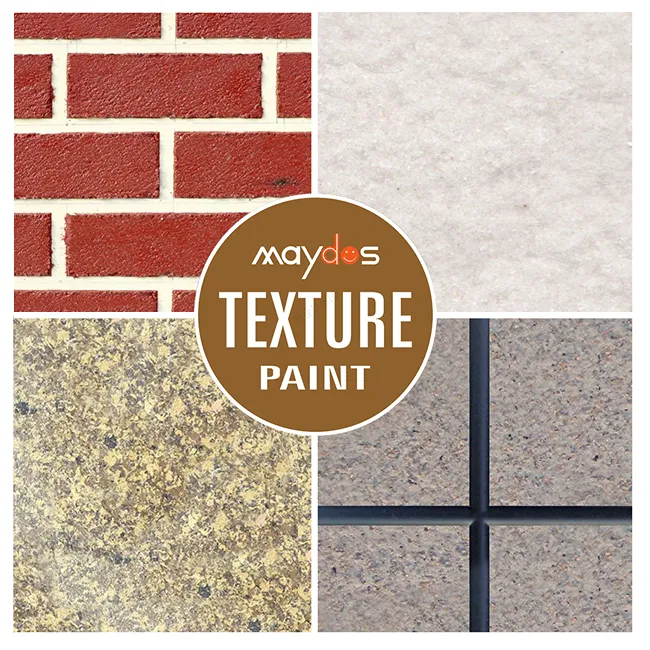China Coating Factory
China Coating Factory produces industrial paints and powder coating resins. Its products meet national safety production standards and quality inspection regulations. The company also conducts ongoing research and development.
China’s economic recovery and rising home prices are driving architectural coating consumption. However, tighter VOC regulations and environmental awareness are limiting growth.
Industrial coatings
China’s rapidly growing industrial sector is creating an urgent need for protective coatings. This is especially true for automotive production. The country is now the world’s largest auto producer and a major supplier of steel and other metals, which are used to make car parts. China’s industrial sector also includes a wide range of other businesses, from textiles to electronics. This makes it a great place for the coatings industry to invest in. The country has a number of professional coating research institutes, including the Changzhou Paint & Coating Chemical Industry Research Institute and the Qingdao Marine Chemical Research Institute. In addition, many large manufacturers have their own R&D centers.
In recent years, the coatings industry in China has been undergoing a number of changes, including slower market growth. This is primarily due to three main market trends. The first trend is the move toward more environmentally friendly coatings. This trend applies to all phases of the coatings life cycle, from the initial production to the final disposal of the coated material. The second trend is a continuing move toward higher quality coatings. In order to meet this demand, coating manufacturers must continually increase their technical research efforts. The third trend is a shift toward more personalized coatings. This trend is driven by consumers’ desire to live healthy, high-quality lives.
Architectural coatings account for the biggest share of China’s coatings market. However, the housing market crisis and COVID-zero policies have reduced new constructions, which has negatively impacted the industry’s sales. To overcome this challenge, coating producers must work with their raw materials suppliers to produce low-VOC, environmentally friendly paints and powder coating resins.
Another development in the Chinese coatings industry is the use of services to improve customer service and production efficiency. For example, Atlas Coatings has a dedicated team that provides technical support to its customers. This team can help customers with their coatings needs, such as determining a color match or developing a training program. The company’s services also include customer qualification procedures, corrosion tests and blasting and washing in pre-production.
Architectural coatings
The architectural coating industry in China has grown exponentially in the past three decades. This is mainly due to rapid urbanization in the country. Its growth is driven by construction activities and a booming property sector. This is especially true for interior and exterior paints. These coatings help protect buildings from the elements and improve their aesthetics. In addition, they also protect the surface from heat and fire. Moreover, they are available in many colors and textures.
In terms of volume, the largest segment of architectural coatings in China is medium-range economic interior emulsion paint. However, this market is still relatively small compared to its global average. Nevertheless, the market is growing steadily. This is primarily because of robust economic growth and the government’s efforts to promote home ownership. In addition, the inclination toward renovation has also boosted the market.
The architectural coatings market is highly competitive. In addition to the large multinationals, there are a number of domestic Chinese companies that manufacture their own products. The largest manufacturers include Nippon Paint, ICI Paint, and Beijing Red Lion. These companies have a wide range of products and offer a variety of services to customers. For example, they provide customer service, product training and marketing support. However, these companies face a number of challenges that hinder healthy market development. For instance, their promotional strategies often prevent them from achieving higher profit levels. They also use similar names for their latex products, which makes it difficult to differentiate their products from the competition.
Another challenge facing the Chinese architectural coatings market is the slowdown in property investment and housing demand. Moreover, the COVID-zero policies have made it harder for property developers to obtain credit. These factors have significantly lowered new-home prices in 70 cities and caused mortgage defaults to increase.
In order to remain competitive, China’s architectural coatings producers need to invest in research and development, and improve their production processes. They must also focus on developing high-performance products that meet the needs of customers. For example, they need to develop products that are energy-efficient and low in VOC emissions. In addition, they need to expand their distribution networks.
Anti-corrosive coatings
Anti-corrosion coatings are used to protect structures from chemical attacks and environmental factors. They can be applied to various surfaces, including metals, plastics, concrete and wood. Several different technologies can be used to create these protective coatings. These include polyurethanes, epoxy, and urea-formaldehyde resins. Some of these coatings have a high level of chemical resistance and can be used in extreme environments. However, these coatings are expensive and require regular maintenance.
To ensure that your anti-corrosion coatings are effective, you should use high-quality products and additives. These products should be formulated to meet your specific requirements and should have the right properties for the application. This includes corrosion resistance, surface hardness, abrasion resistance and adhesion. You should also choose an environmentally friendly coating material. Some manufacturers produce eco-friendly coatings, which are low in volatile organic compounds (VOC). These coatings can reduce emissions by up to 80 percent.
Aside from protecting the substrate, anti-corrosive coatings can also improve mechanical and electrical properties. They can also provide better stray current resistance, wear resistance and heat resistance. They can even provide resistance to freezing conditions. These coatings can be used in a variety of applications, including bridge, container and oil platform applications.
The demand for anti-corrosive coatings is expected to rise in Asia, which is the fastest-growing market for this product. This is partly due to stricter pollution control regulations in China and elsewhere. Additionally, water-based systems can help reduce VOC levels by up to 80 percent. However, these systems may not perform as well as traditional solvent-based coatings. Therefore, companies need to carefully select the right water-based system for their needs.
One of the key factors in determining the performance of an anti-corrosion coating is its curing agent. Many of these curing agents are based on the Diels-Alder reaction, which involves a conjugated diene and a dienophile. The most common curing agents are aliphatic amines, which can be cured at room temperature, and aromatic amines, which must be heated to cure.
Another important ingredient in anti-corrosive coatings is silica. This compound is a key raw material for anti-corrosion paints, and it can significantly improve the flow and sag control of the coatings. It is also an excellent anti-slip additive and can enhance the leveling and tinting strength of paint.
Waterborne coatings
As China continues to become the world’s largest coating production and consumption country, it is accelerating the development of waterborne coatings. The use of waterborne coatings can help companies meet stricter environmental requirements while increasing productivity and saving costs. Compared to solvent-based products, waterborne paints produce significantly less volatile organic compounds (VOCs) and emit fewer pollutants. Consequently, they have a more positive impact on the environment and human health.
Currently, major international brands such as BASF, AkzoNobel and Axalta are expanding their water-based coatings production capacities in China to further enhance their competitiveness. Especially in the automotive market, waterborne coatings are increasingly preferred by manufacturers to reduce their environmental footprint. This is also due to the fact that waterborne paints are easier to apply than conventional solvent-based paints.
The latest generation of waterborne coatings provides customers with advanced solutions to improve the appearance of their products. It also offers significant energy savings, lowers VOC emissions and increases productivity. The technology can be applied to a wide range of coatings, including basecoats, primers, clearcoats and base/clear systems.
Axalta Coating Systems has opened a new waterborne coating plant in Shanghai to serve China’s rapidly growing automobile market. The facility, one of Axalta’s most advanced waterborne production facilities, reflects the key role that China plays in its global strategy. The plant will help reduce the company’s environmental footprint and provide sustainable coating products and application systems to automotive OEMs in China.
According to Axalta, the new production facility utilizes advanced manufacturing technologies to optimize product output. Its highly automated system maximizes the use of raw materials, accelerates manufacturing cycle time and uses air filtration systems to optimize air quality and reduce emissions. The company says that the plant can help automakers meet global environmental requirements without sacrificing performance or quality.
Despite the challenges of converting to waterborne paint, the move is expected to benefit the industry in the long run. The transition will require coordination between the different components of the value chain, including raw material suppliers, equipment manufacturers and coatings companies. Companies with a long-term commitment to innovation and sustainability will be in a better position to succeed.




















